Education of Muslim Women and Girls in India
Synopsis
The Census of India 2001 provided information on social, demographer, educational and economic indicators religion wise for the first time. The present book is based on a study commissioned by the Ministry of Women and Child Development (MWCD) on Education of Muslim Girls and Women in India. The study corroborates the earlier findings of small and large sample surveys regarding the educational backwardness of Muslims in general and Muslim girls and women in particular. However, district wise analysis dispels Majority-minority argument and brings out regional disparities and underdevelopment as main variables of female education in India, an almost clear north south divide. There is a silver lining to it. The National University of Educational Planning and Educational (NUEPA) DISE data based on annual school census has mapped the progress made by the Muslim children during the last three years. In 2009, more muslim kids joined school. Impact of government initiatives for education of minorities and community’s own awareness, is paying dividends. The Special focus of Sarva Shikha Abhiyan on Muslim children has made a substantive difference to their participation at the elementary stage. The latest figures show that Muslim enrolment has improved both in primary and upper primary level. A definite improvement can be seen in north Indian states where bulk of the illiterate and poor of India reside. Of the total Muslim enrolment in primary classes, the percentage of Muslim girls was 48.93%, similar to the share of girls in overall primary enrolment. Remarkably, the percentage of Muslim girls to total Muslim enrolment in upper primary classes is 50.03%, which is above the national average of 47.58%. Much more needs to be done to carry this momentum forward so that Muslim girls do better in secondary and higher education where their participation was woefully low according to Census 2001. Initiatives like MSDP in 90 Muslim Minority dominated districts are needed for all districts with low female literacy and education. Educating girls and women and raising the status of women is crucial to national development, an intelligentsia and clerics continue to give conflicting message but the fact is that more and more Muslim girls are joining the mainstream with parental support.
The publication will be of immense value to policy makers, planners, researchers and activists, teachers and teacher educators and social scientists working especially on gender and minorities.
Read more
The publication will be of immense value to policy makers, planners, researchers and activists, teachers and teacher educators and social scientists working especially on gender and minorities.
75.60
68.04
$
84.00 $
Free delivery Wolrdwidе in 10-18 days
Ships in 1-2 days from New Delhi
Membership for 1 Year $35.00
Get it now and save 10%
Get it now and save 10%
BECOME A MEMBER
Books by the same author

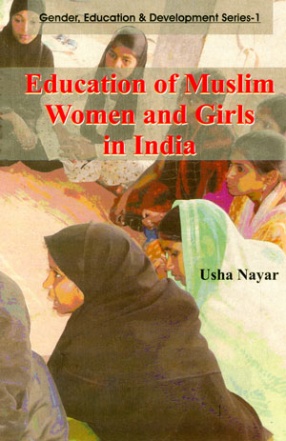
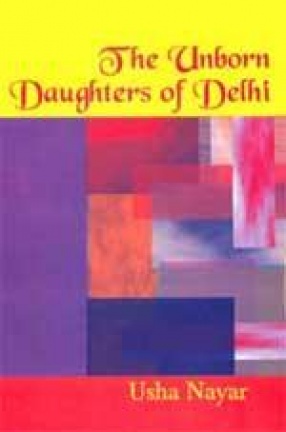
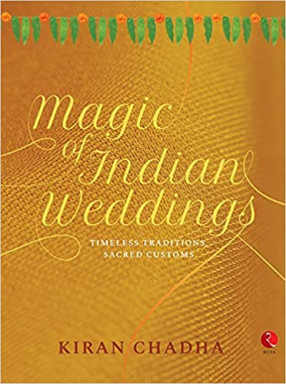
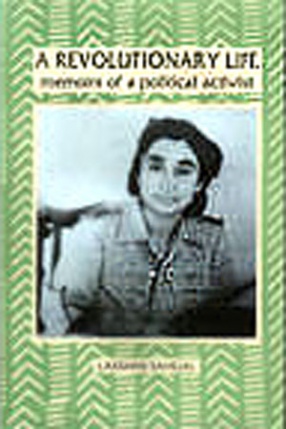
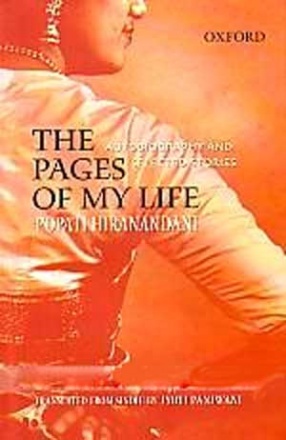
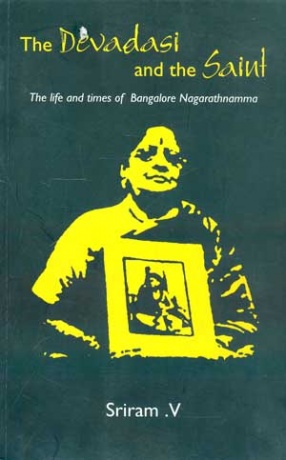

Bibliographic information